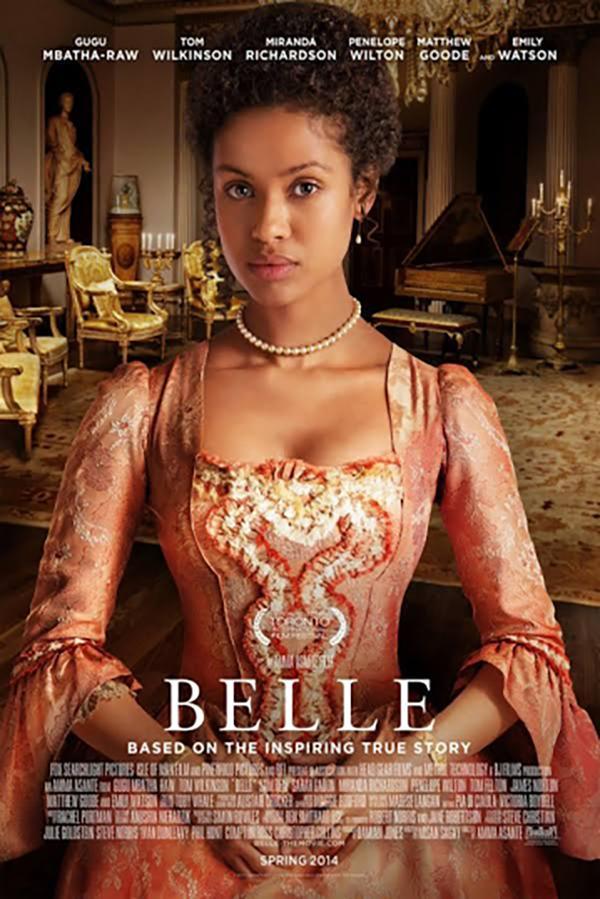NYU’s Cantor Film Center hosts ‘Belle’ screenwriter Misan Sagay
NYU’s Iris and B. Gerald Cantor Film Center welcomed guest speaker Misan Sagay last Thursday to participate in a Q&A before a screening of the 2014 film “Belle.”
Misan Sagay, who wrote the screenplay for “Belle,” spoke at the Iris and B. Gerald Cantor Film Center last Thursday.
November 4, 2015
The inspiration for the historic fairytale-esque movie “Belle” came from a 1779 painting of a black woman said Misan Sagay at a Q&A.
“I noticed her and couldn’t help but wonder about her story,” Sagay said.
NYU’s Iris and B. Gerald Cantor Film Center welcomed Sagay last Thursday to participate in a Q&A before a screening of the 2014 film “Belle,” for which Sagay wrote the screenplay. In the discussion, moderated by Professor Renée Blake, who teaches linguistics and social and cultural analysis, Sagay spoke about her experiences as well as the painting that inspired her to write the screenplay for the award-winning film.
Sagay was attending medical school in Scotland when she first encountered the painting of Dido Elizabeth Belle. Rediscovering the painting later, Sagay decided to write a screenplay based on it. After taking the script around in England and being rejected multiple times, Sagay pitched it to HBO, who finally picked up the film.
“She didn’t just not have a voice, she wasn’t noticed. I felt her story needed to be told,” Sagay said of the film’s titular character. Like Belle, Sagay feels that as a black woman, she consistently assert her rights.
Inspired partly by the painting and research, and partly from Sagay’s own background, “Belle” tells the story of a young woman who must grapple with a society that constantly undermines her because of her race. Set against the backdrop of legal proceedings surrounding the Zong massacre, the film illuminates a historical moment where race, class, gender and justice collide. ‘
The illegitimate daughter of a white, British, career naval officer and an enslaved African woman, Belle is sent to live with her father’s uncle, William Murray, the first Earl of Mansfield, and his wife at Kenwood House. The strong willed Belle is brought up alongside her frivolous, yet well-meaning cousin, Lady Elizabeth Murray, and the two girls grow close as they navigate love and life in 18th century England. As Belle becomes involved with the historic Zong case, she meets and falls in love with an aspiring young lawyer, all the while coming into her own power and sense of self. The film, while slow in action at some points, offers sharp dialogue and aesthetically pleasing images. Praised for illuminating a historical moment, “Belle” is more than just a nice costume drama, but a story that proves relevant today.
Email Daria Butler at [email protected].
























































































































































